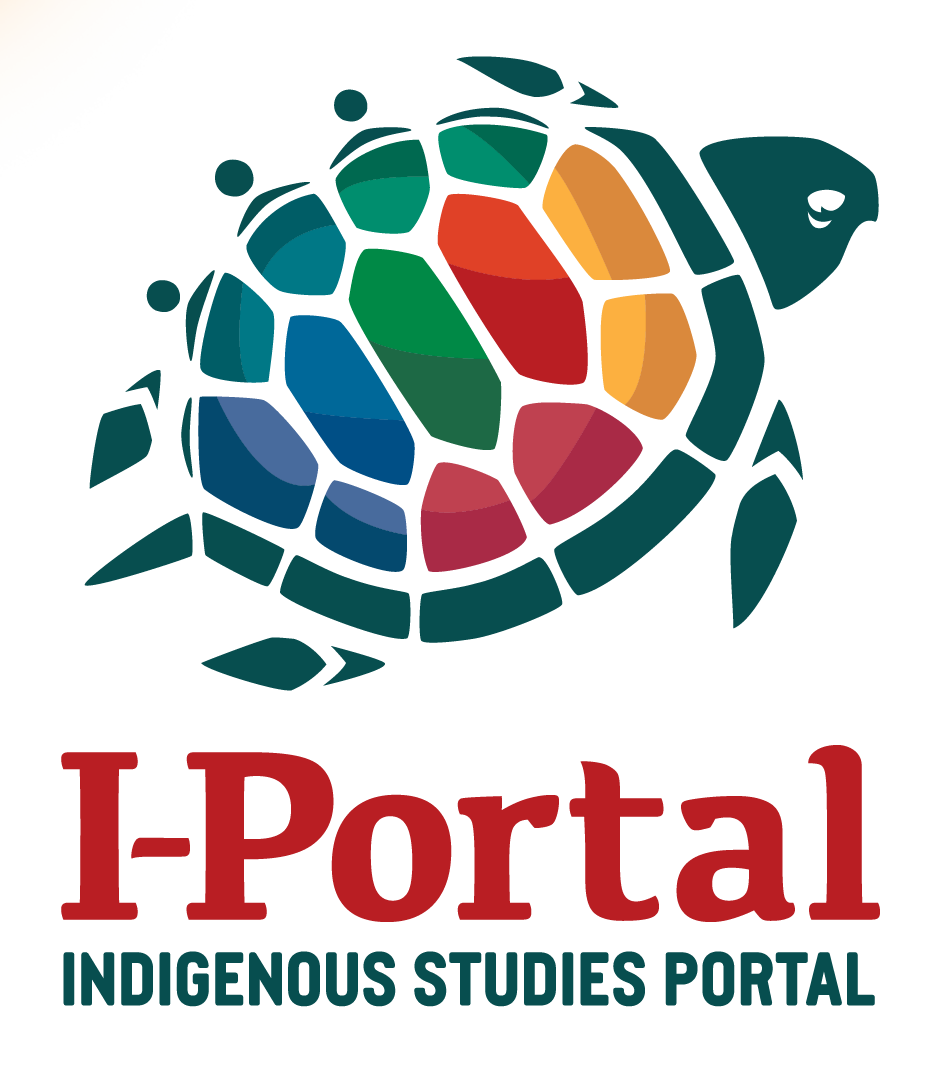Browse by subject
To begin, select one of the turtle's
scutes
or one of the subject headings.
Education
Adult Education
Assimilation
Bilingual & Multilingual
Control
Counselling
Cultural Framework
Early Childhood Education
Elders Roles
K-12
Leadership
Literacy & Numeracy
Oral Tradition
Post-Secondary
Residential & Boarding Schools
Retention & Recruitment
Teaching
Technical & Trades
Traditional
Treaty Right to Education
Business & Economic Development
Health & Well-Being
Cancer
Cardiovascular Disease
Chronic Conditions
Cultural Sensitivity
Dental
Diabetes
Elderly
Health Care Practices
Hearing
Infectious Diseases
Injury
Mental Health
Mortality
Nursing
Nutrition
Other Diseases
Physical Activity
Sexual & Reproductive Health
Substance Use, Abuse & Treatment
Suicide
Traditional Medicine
Treaty Right to Health
Vision
Weight
Women
Science & Technology
To begin, select one of the subject headings below.
Cancer
Cardiovascular Disease
Chronic Conditions
Cultural Sensitivity
Dental
Diabetes
Elderly
Health Care Practices
Hearing
Infectious Diseases
Injury
Mental Health
Mortality
Nursing
Nutrition
Other Diseases
Physical Activity
Sexual & Reproductive Health
Substance Use, Abuse & Treatment
Suicide
Traditional Medicine
Treaty Right to Health
Vision
Weight
Women
Adult Education
Assimilation
Bilingual & Multilingual
Control
Counselling
Cultural Framework
Early Childhood Education
Elders Roles
K-12
Leadership
Literacy & Numeracy
Oral Tradition
Post-Secondary
Residential & Boarding Schools
Retention & Recruitment
Teaching
Technical & Trades
Traditional
Treaty Right to Education
